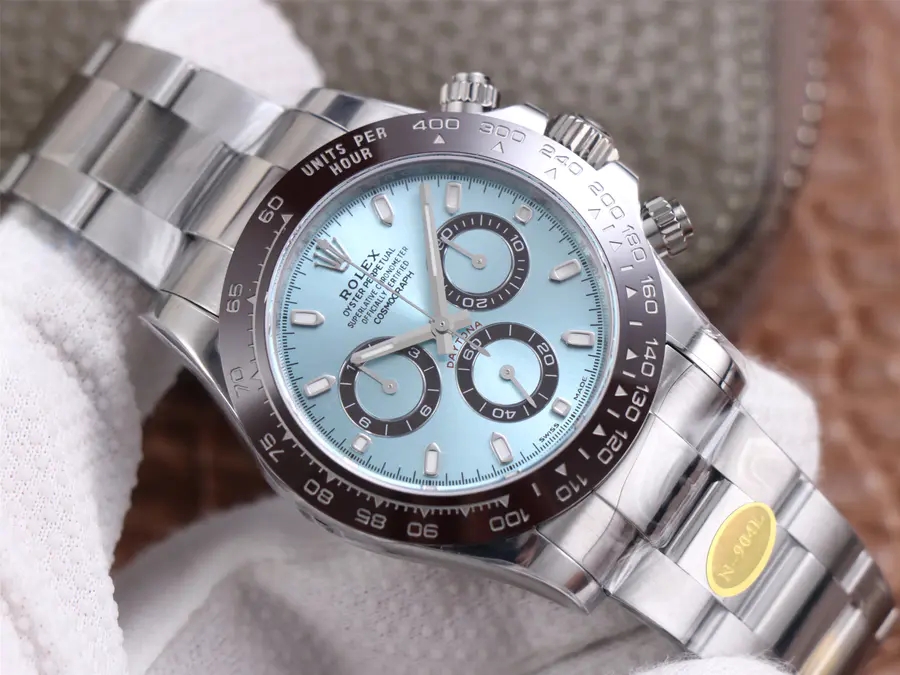What began as an innovative approach to industrial watchmaking in Switzerland during the early 20th century has evolved into a global icon of craftsmanship, precision, and style. The man behind this revolution, Hans Wilsdorf, founded copy Rolex in the 1920s and introduced groundbreaking innovations that continue to influence the industry today. His genius extended beyond engineering; he was also a master of branding, turning Rolex watches into symbols of adventure, success, and status.

Wilsdorf cleverly marketed his watches by associating them with daring feats – whether it was scaling Everest, swimming the English Channel, or conducting groundbreaking scientific research. Over the decades, this association with adventure and achievement has made Rolex synonymous with excellence in both technical innovation and enduring design.
But the brilliance of replica Rolex isn’t just in its branding. The company’s conservative, methodical approach to watchmaking has produced some of the most durable, reliable, and aesthetically pleasing watches ever made. Rolex watches are not just status symbols; they are marvels of engineering, built to withstand the rigors of time and the elements.
Below, we explore ten of the most iconic Rolex models, each representing a milestone in the brand’s storied history. These watches are more than just accessories; they are the embodiment of Rolex’s commitment to quality, innovation, and perfect design.
The Oyster (1926)
The Rolex Oyster was the world’s first truly water-resistant wristwatch, introduced in 1926. Its innovative design featured a screwed-on case back, a crystal secured with a threaded bezel, and a screw-down crown – elements that remain fundamental to modern dive watches. This groundbreaking watch was famously displayed in a fish tank at London’s Selfridges, proving its durability and water resistance. The Oyster set the standard for waterproof watches and laid the foundation for Rolex’s future successes.

The Datejust (1945)
The Datejust was another revolutionary watch from Rolex, introduced in 1945. It was the first watch to feature a date window that changed instantly at midnight, a feature that remains one of its most beloved aspects. The Datejust’s fluted bezel and “cyclops” magnifier over the date window have become iconic, making it one of the most recognizable watches in the world. Its versatility and perfect style have ensured its popularity for decades, embodying the essence of Rolex.
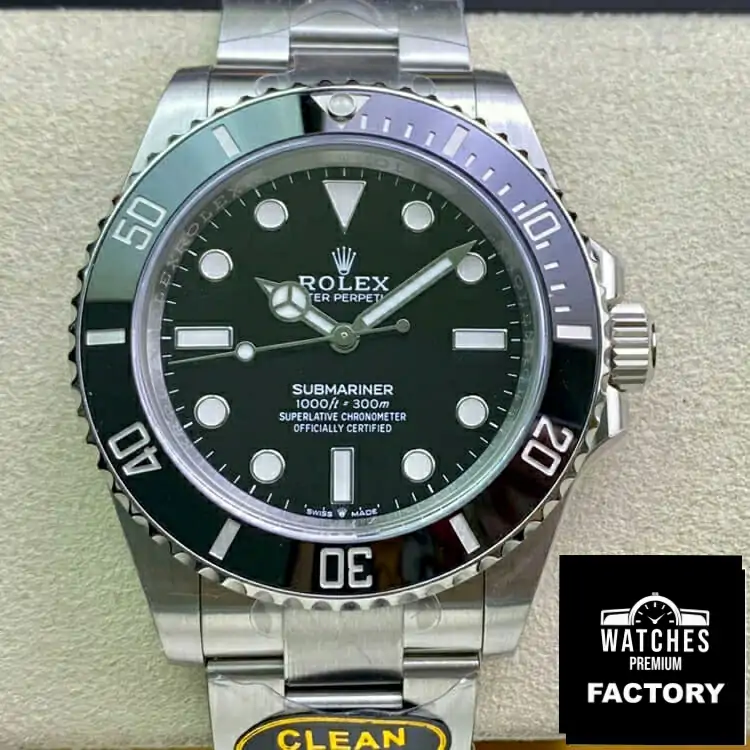
The Oyster Perpetual (1950)
The Oyster Perpetual, released in 1950, combined two of Rolex’s most significant innovations: waterproofing and automatic winding. The perpetual rotor, which swings a full 360 degrees, was a significant improvement over earlier automatic movements and provided superior power reserve. The Oyster Perpetual remains a classic sports watch, celebrated for its durability and elegant simplicity.

The Submariner (1953)
Introduced in 1953, the Submariner is perhaps the most iconic dive watch ever made. Originally designed for SCUBA divers, its rotating timing bezel and improved gasket system made it the perfect underwater tool. Over the years, the Submariner has transcended its utilitarian origins to become a symbol of style and adventure, worn by everyone from deep-sea divers to celebrities.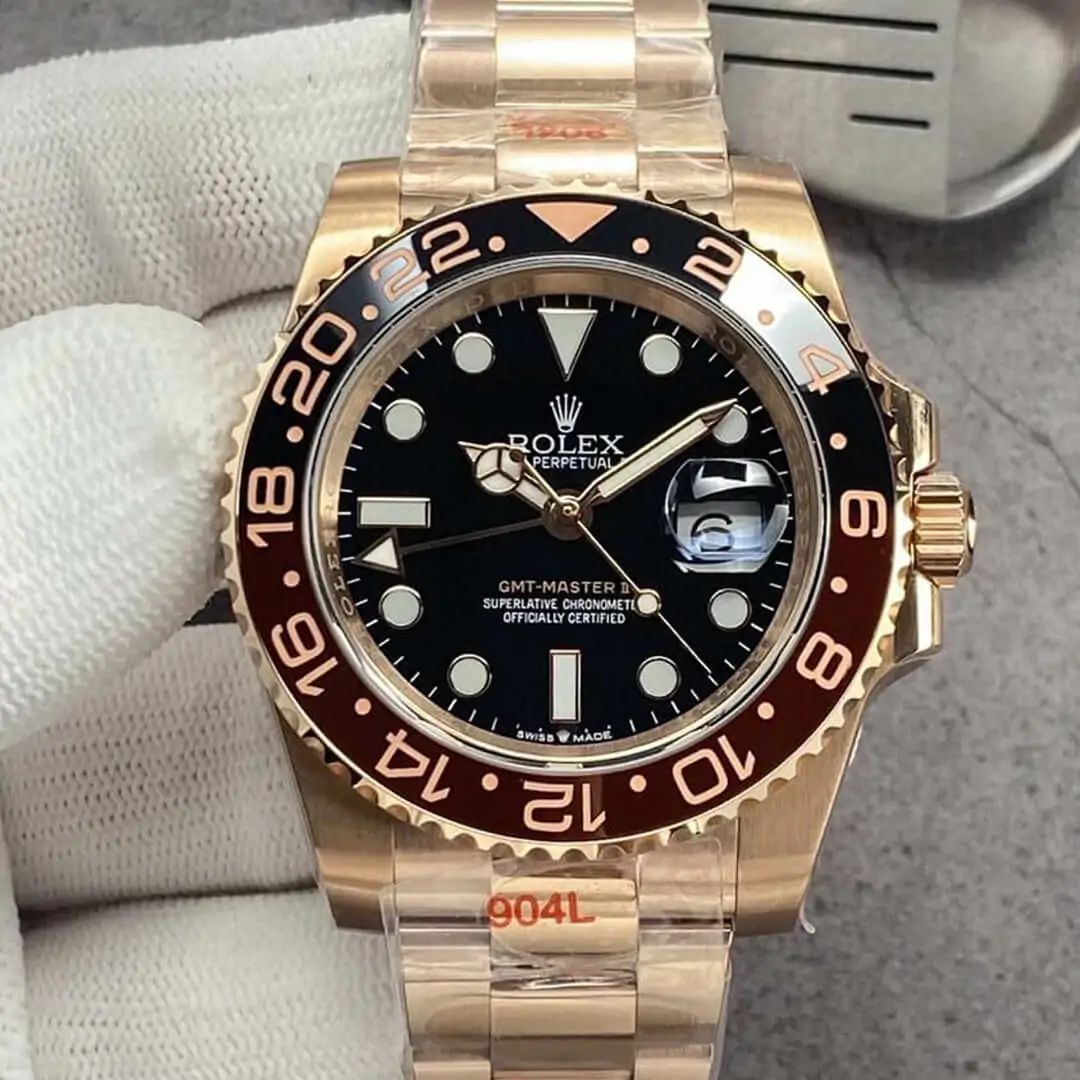
The GMT-Master (1954)
Created at the request of Pan American Airlines, the GMT-Master was introduced in 1954 to help pilots track multiple time zones. Its 24-hour hand and rotating bezel allowed for easy monitoring of different time zones, making it a favorite among pilots and world travelers. The GMT-Master has evolved over the years, with the GMT-Master II and subsequent models offering even more advanced features, but it remains a beloved model for its functionality and design.
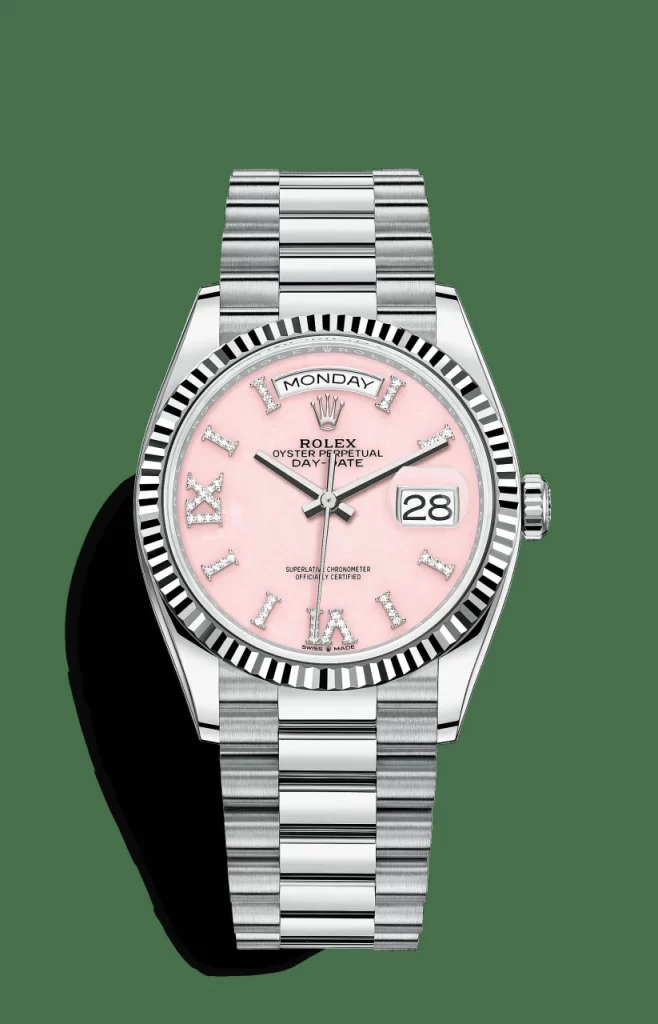
The Milgauss (1956)
The Milgauss, introduced in 1956, was designed for scientists and engineers who needed a watch resistant to magnetic fields. Capable of withstanding up to 1,000 gauss, it was a technical marvel that didn’t receive the attention it deserved. Despite its low profile, the Milgauss remains a significant model in Rolex’s history, with its unique design and technical prowess still admired today.
The Daytona (1963)
The Daytona, launched in 1963, became a legend thanks to its association with motor racing and its iconic design. Named after the famous Daytona race track, this chronograph was initially just another tool watch. However, its popularity skyrocketed when Hollywood icon Paul Newman was seen wearing one. Today, the Daytona is one of the most sought-after replica watches in the world, with vintage models fetching astronomical prices.
The Day-Date (1965)
The Day-Date, introduced in 1965, was the first watch to display both the day and date on its dial. Known as “The President,” due to its association with numerous U.S. presidents, this watch symbolizes power and prestige. The Day-Date’s luxurious design, complete with its signature President bracelet, has made it a favorite among world leaders and influential figures.
The Sea-Dweller (1967)
The Sea-Dweller, launched in 1967, was a more robust version of the Submariner, designed for deep-sea divers. It could withstand the pressures of deep dives, with an impressive depth rating that has only increased with subsequent models. The Sea-Dweller’s rugged construction and technical excellence make it a favorite among professional divers and watch enthusiasts alike.
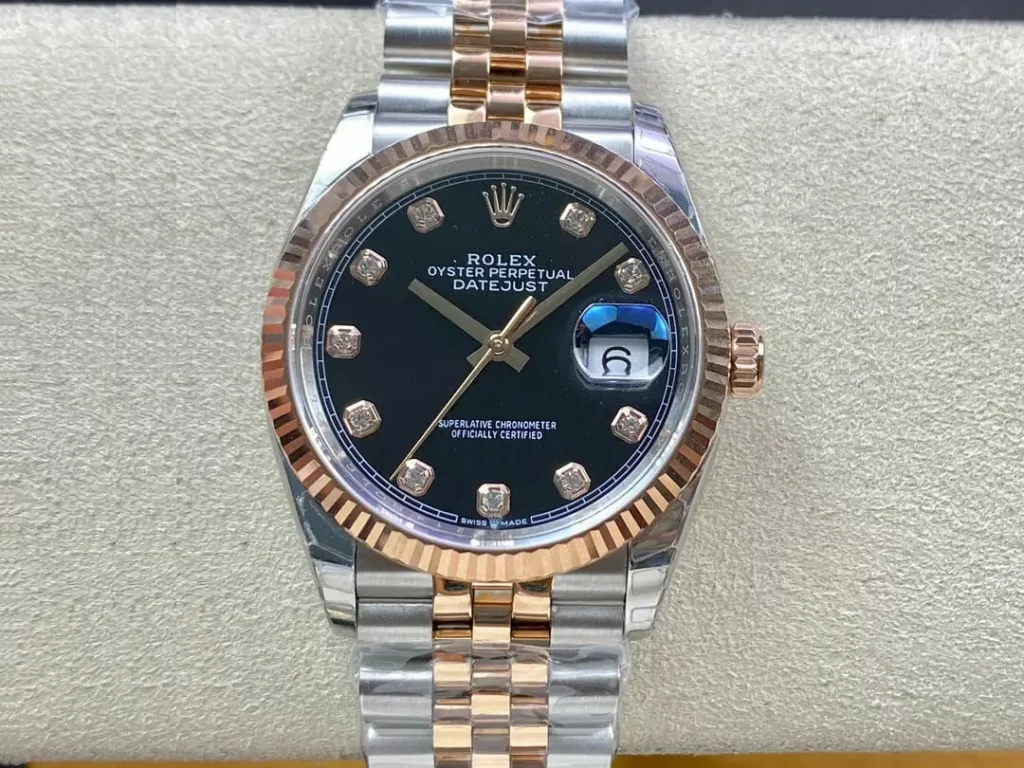
The Sky-Dweller (2012)
The Sky-Dweller, introduced in 2012, is one of clone Rolex’s most complicated watches, featuring an annual calendar and dual time zones. While its bold design has polarized opinions, there’s no denying the brilliance of its engineering. The Sky-Dweller offers a sophisticated blend of style and functionality, making it a standout in the Rolex lineup.
